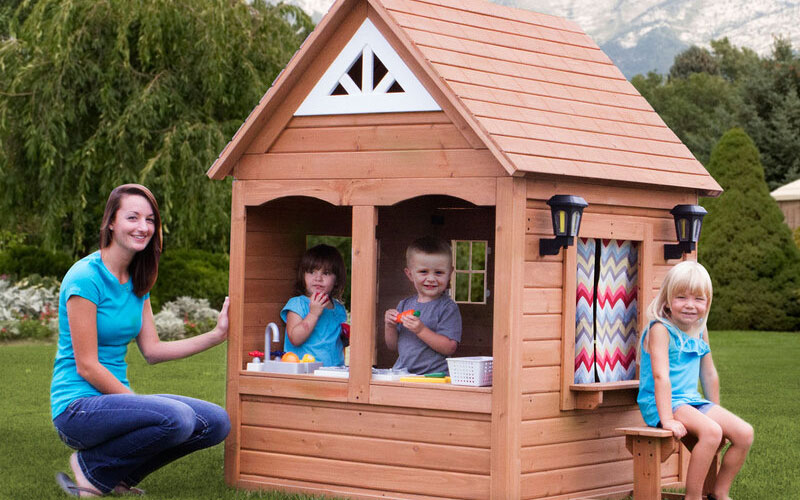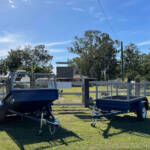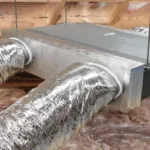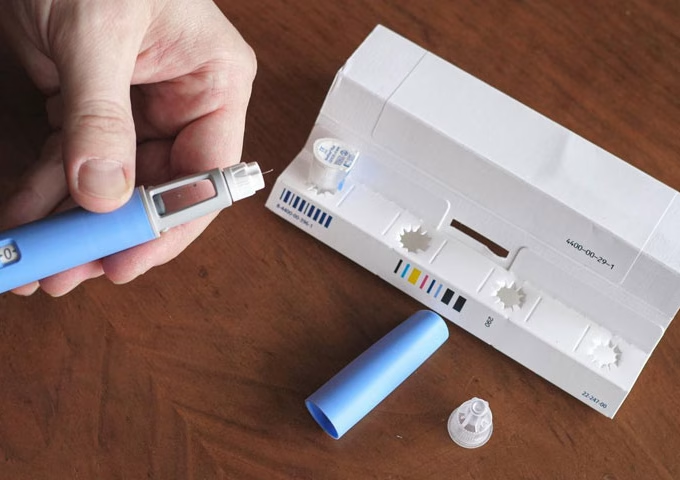Parents are frequently presented with many options, designs, and amenities when buying a cubby house online. A cubby home can greatly enhance a child’s life, inspiring playfulness, imagination, and hours of enjoyment.
However, to ensure you choose the right one, there are several essential features to consider before buying cubby houses online.
Buying a Cubby House Online
1. Material Quality and Durability
The materials that are utilized to build a cubby house have a significant impact on how long it lasts. Choose robust materials, such as high-quality wood or resilient plastics, that resist outside conditions.
While plastic cubbies are frequently simpler to maintain and clean, wooden cubby homes are well-liked for their durability. Consider local weather conditions to choose a material that will withstand wind, rain, and sunshine.
2. Safety Measures
Give the cubby house’s safety features top priority. Look for strong construction, non-toxic coatings, and smooth edges. To avoid mishaps during play, look for stable constructions, rounded edges, and tight latches on doors and windows. Verify the cubby’s compliance with safety regulations and certifications.
3. Size and Space
Think of the area in your backyard or other specified spot available for the cubby home. By carefully measuring the measurements, ensure it fits snugly without taking up too much room. Add more play areas surrounding the cubby so kids can run around and engage in games.
4. Design and Customization
Choose a design based on what your youngster enjoys and finds appealing. Certain cubby houses can be painted with removable embellishments or extras like swings or slides. These features let you customize and modify the house as your child develops.
5. Assembly Difficulty
Verify the assembly requirements before making a purchase. While some cubby houses are pre-assembled, others must be assembled by hand. Think about how comfortable you are with assembling things and whether or not there are instructions or expert installation services available.
6. Ventilation and Insulation
Playtime is more comfortable in a well-ventilated cubby house, especially in the hot months. Seek for designs with movable windows to allow for natural ventilation. For areas that get colder, consider insulation as well to ensure the room stays warm throughout the winter.
7. Accessibility and Entry Points
Determine how kid-friendly the cubby home is. Kids can enter and exit the cubby independently because of low door thresholds, simple windows, and secure entrance points, which increases their sense of independence and ownership.
8. Maintenance Requirements
Take into consideration the cubby house’s upkeep requirements. Plastic buildings may need occasional cleaning, while wooden structures may need frequent sealing or staining to prevent weathering. Select materials and patterns that suit your maintenance needs and preferences.
9. Long-Term Durability and Resilience
Select a cubby house that will develop alongside your youngster. Look for a design that can accommodate additions or adjustments and sturdy construction. As kids grow, a cubby house that can grow with them can keep them entertained with more play areas or climbing walls.
10. Cost and Value for Money
Analyze the price in light of the features provided, even though there are affordable solutions, value quality, and necessary features more than price. Think about the value of the cubby house in terms of fun, safety, and longevity.
Purchase a Cubby House Online
A cubby house online purchase necessitates careful consideration of several factors. Prioritize room, safety, durability, and customization possibilities to ensure the cubby house you choose will suit your and your child’s needs.
When making a final choice, don’t forget to check user reviews, ask for recommendations, and investigate other brands and models. By carefully weighing these important aspects, you can choose a cubby home that will provide your children with years of happiness, imaginative play, and treasured childhood memories.













